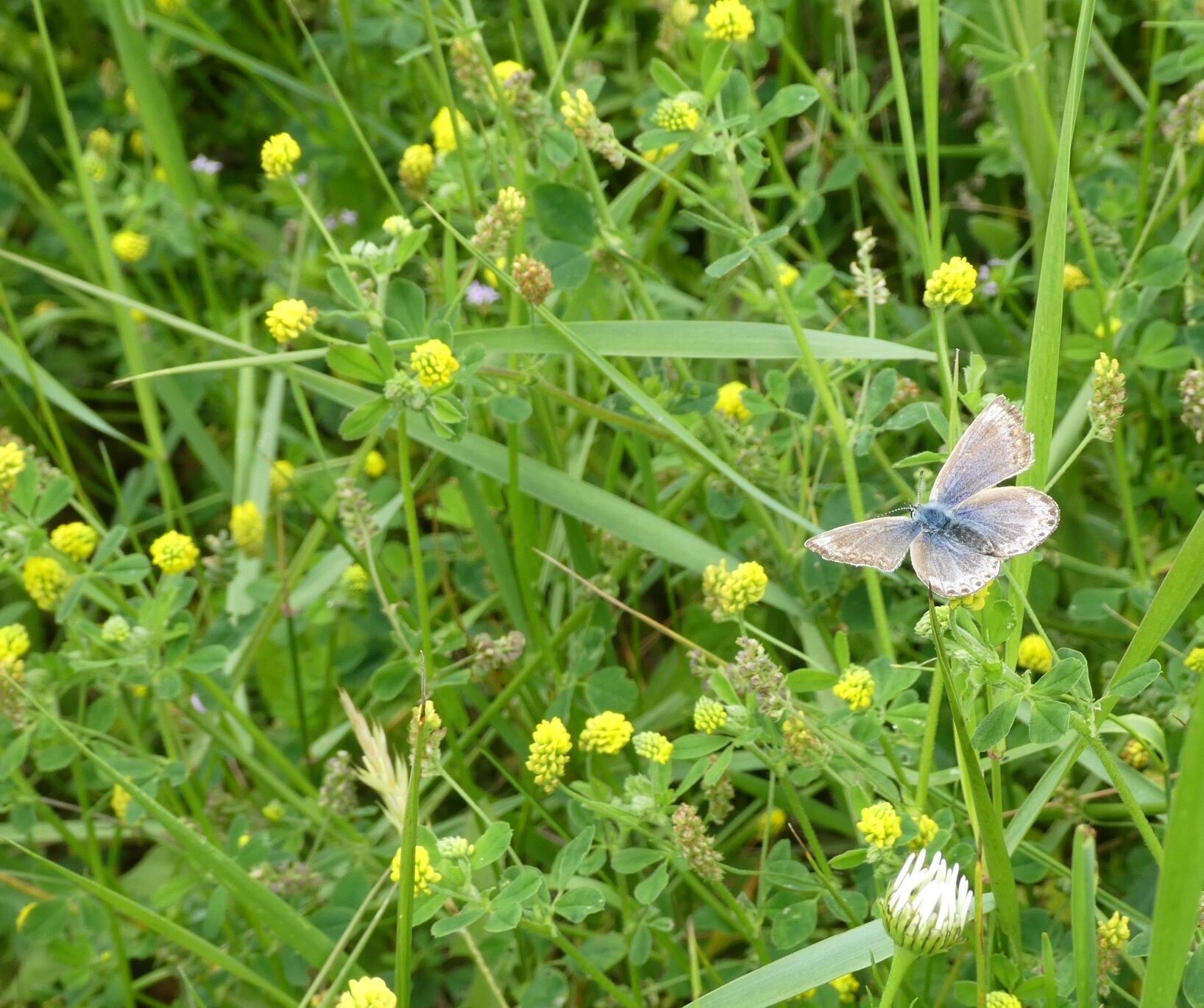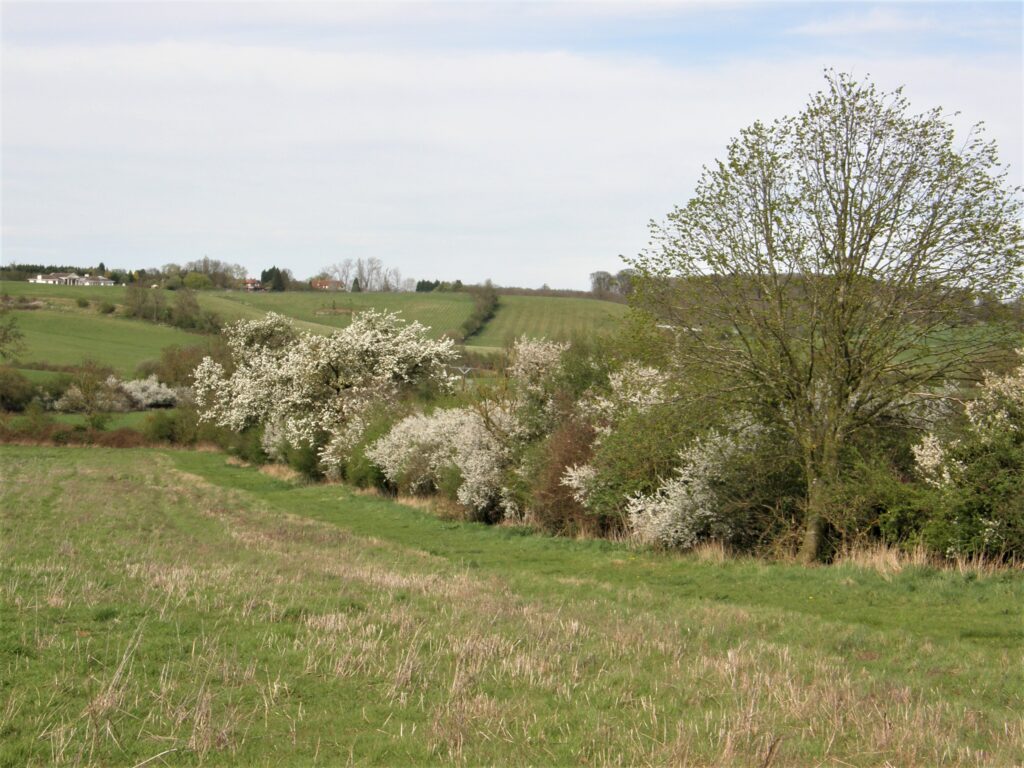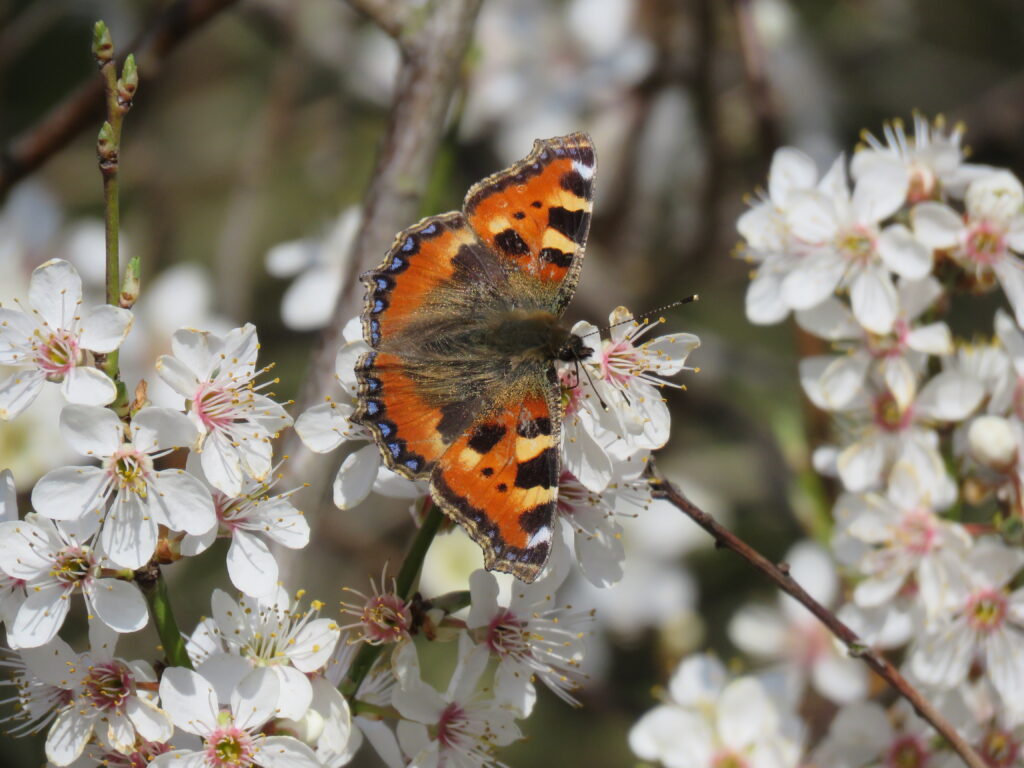Author: Shelley Abbott, Fair to Nature Facilitator
Farm Wildlife is a partnership of conservation organisations working together to provide a source of best-practise management advice for wildlife on farmland. The Farm Wildlife website hosts many case studies from farms who are putting these management techniques into practise.
When the Farm Wildlife approach was developed, the partners wanted to make sure that the advice was not only simple to follow but based on the latest evidence so that it would work for both farmers and wildlife.

The Fair to Nature scheme recognises the value of the Farm Wildlife approach, and the six key actions are embedded into the updated Fair to Nature standard. This ensures farmers who are signed up to the scheme really work towards maintaining and improving the habitats on their farms for wildlife and that they are recognised for their efforts by the people who purchase the end product.
“FAIR TO NATURE IS A UK FARM SCHEME THAT DELIVERS THE SCALE OF LAND MANAGEMENT THAT WILDLIFE REQUIRES TO THRIVE. AND FAIR TO NATURE IS NOT JUST POSITIVE FOR WILDLIFE! FARMERS BENEFIT FROM INCREASED FARM RESILIENCE AND FROM LINKS TO LIKE-MINDED BRANDS WHO WANT TO SOURCE NATURE-FRIENDLY PRODUCE AND PRODUCTS.”
Shelley Abbott, Fair to Nature Facilitator
Delivering the habitats
Fair to Nature farms are required to manage a minimum of 10% of their farmed area (area used to produce as a range of wildlife habitats aligned with the six key Farm Wildlife actions. The delivery of these habitats is based on the following specifications:
- Existing wildlife habitats – including native woodland planted on farmland since 1992, semi-natural grassland, heathland and other high-nature value habitats. There is no minimum requirement of these types of habitats and these areas can contribute towards the 10%.
- Flower-rich habitats across at least 4% of the farmed area.
- Seed-rich habitats across at least 2% of the farmed area, although this habitat is not a requirement on farms with less than 10% cropped land where establishment of seed-rich habitats may be problematic.
- Wildlife-rich field boundaries and margins covering at least 1% of the farmed area.
- Wet features – one feature per 100 ha, of an average size 25 m2, can contribute towards the 10%.
- In-field habitats – such as beetle banks, and skylark and lapwing plots. Again, there is no minimum requirement, but they can contribute towards the 10%.
Wider sustainability
The wider sustainability of the farm is also important. Soil, carbon and pesticide management are therefore also key considerations within Fair to Nature to ensure that a holistic approach across the whole farm is adopted, for the benefit of nature and the long-term resilience of the farm business.
Working in partnership with farmers
The Farm Wildlife partnership includes representatives from Amphibian and Reptile Conservation, The Bat Conservation Trust, Buglife, the Bumblebee Conservation Trust, Butterfly Conservation, Fair to Nature, Plantlife, the RSPB, The Wildlife Trusts, the Freshwater Habitats Trust, and the Nature Friendly Farming Network.
Please visit farmwildlife.info for more information.
TOMORROW
IS GROWN FROM OUR ACTIONS TODAY
Contact us today to find out how we can help you achieve this
Register Interest
Sidebar form
or email us at fairtonature@rspb.org.uk



